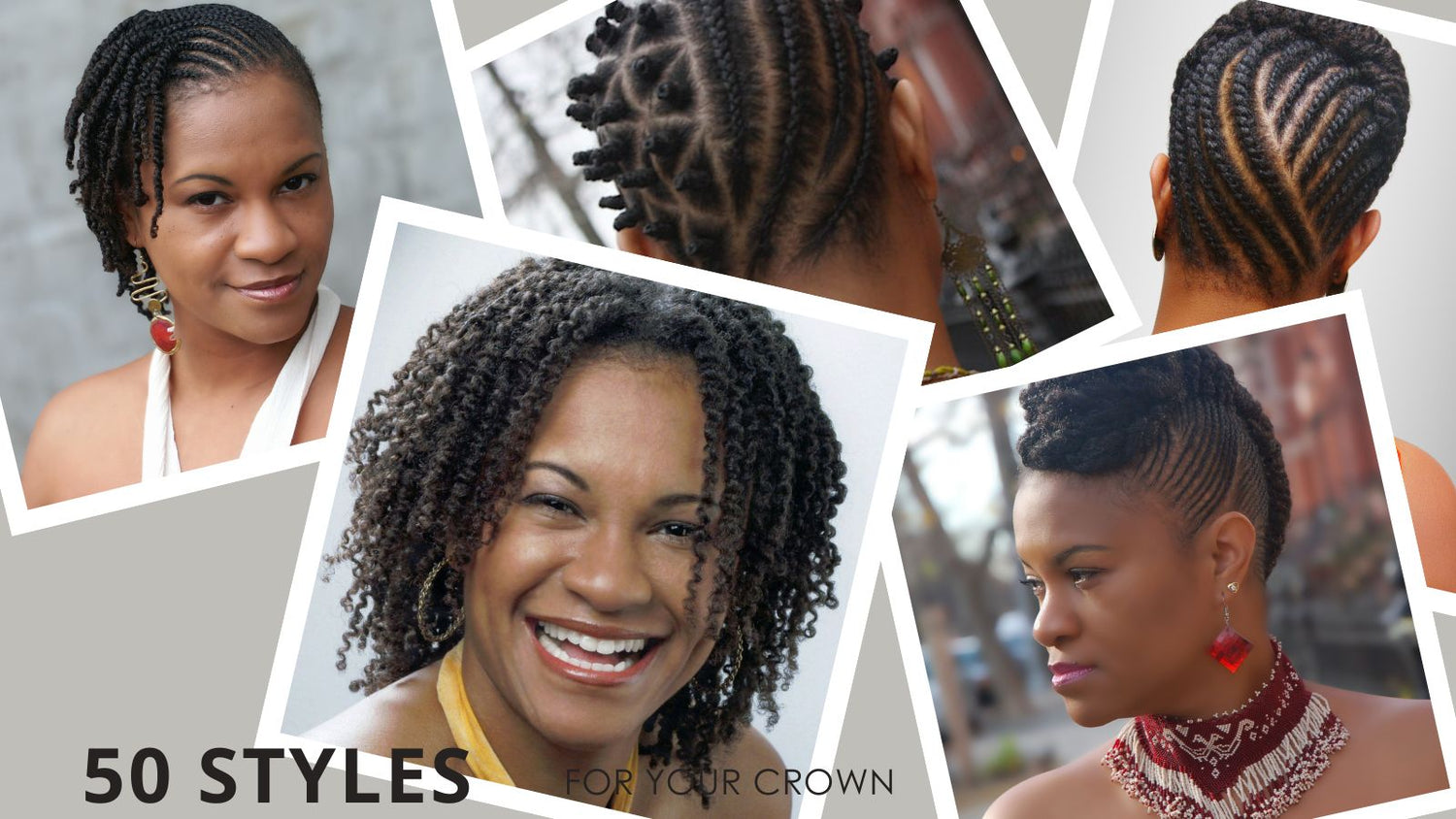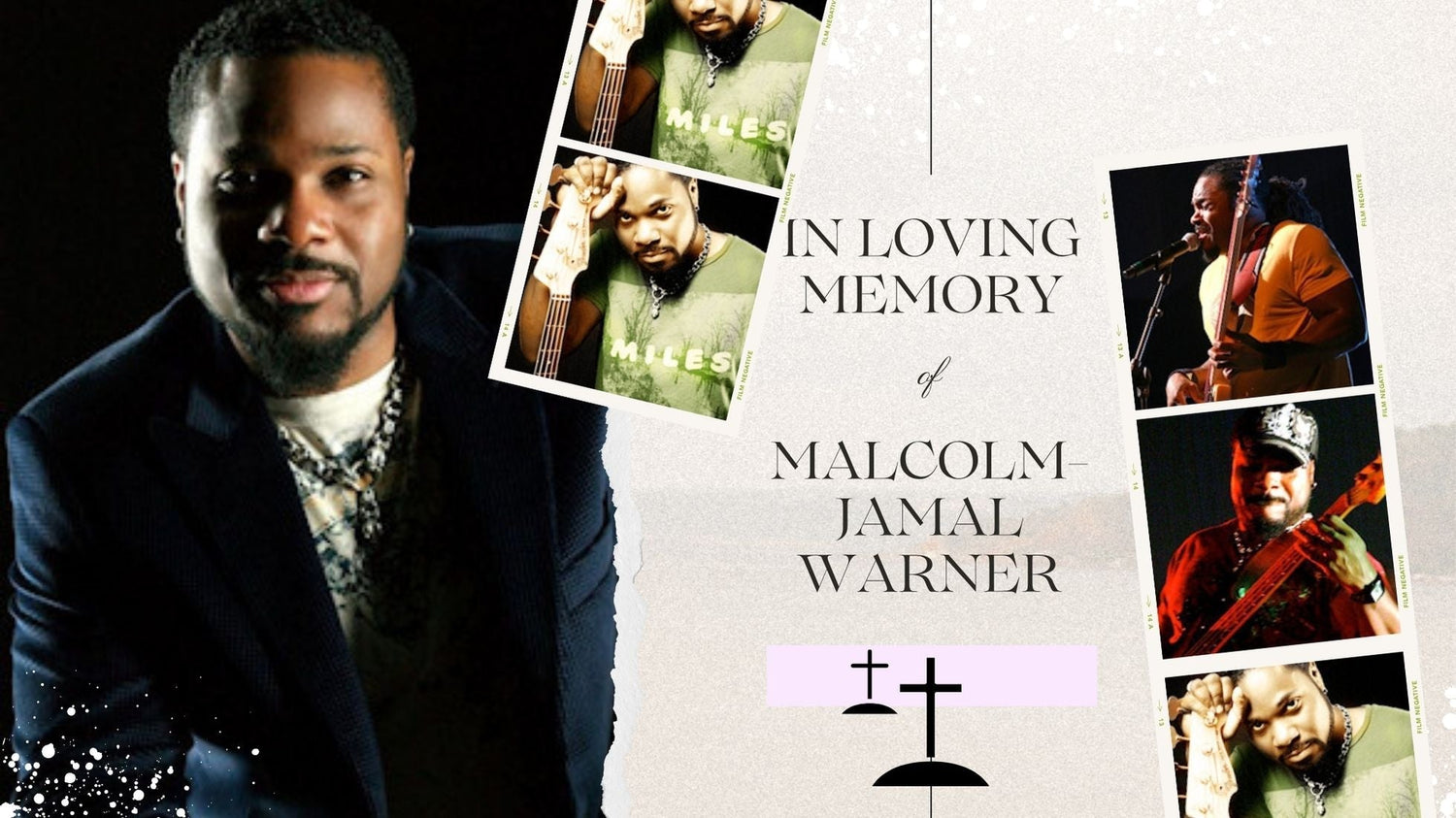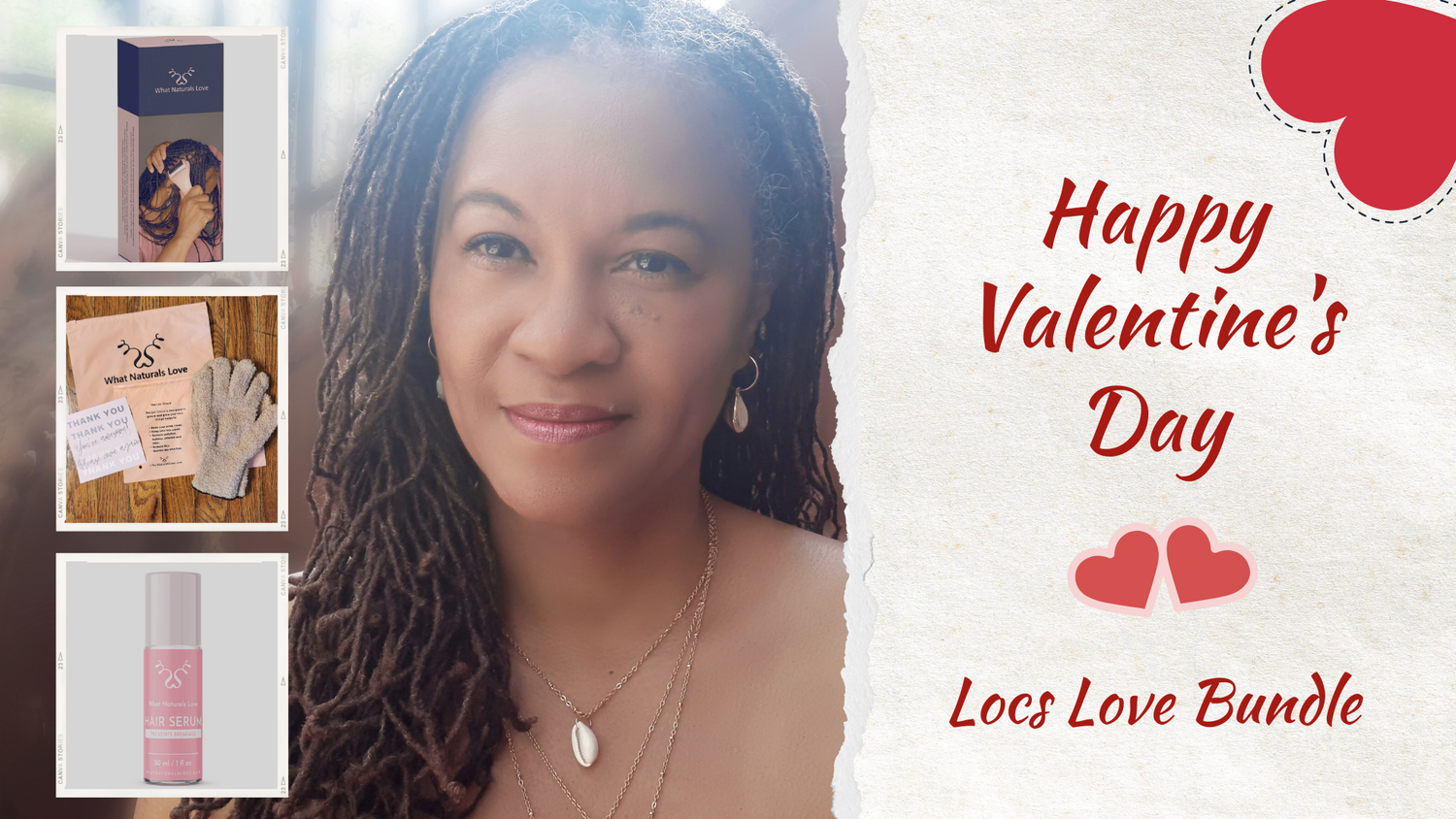For my exhibition Bad Hair Uprooted: The Untold History of Black Follicles, I was interviewed by Taquasha Wilson from the Billie Holiday Theatre. I tremendously enjoyed the interview. It was fun but she also asked some really deep questions. take a look.
Interview with the Billie Holiday Theatre by Taquasia Wilson
Could you introduce yourself and share the inspiration behind your exhibition, Bad Hair Uprooted: The Untold History of Black Follicles?
I’m the creator of Bad Hair Uprooted: The Untold History of Black Follicles, currently on display at the Billie Holiday Theatre. This exhibition is a celebration of natural hair and its deep, untold history. My journey began serendipitously when I attended the Dance Africa Festival at BAM. For the first time as an adult, I was surrounded by people with natural hair—styles I had never imagined for my own hair. That moment of awe and discovery inspired me to start photographing natural hair and its stunning versatility.
How did your journey into documenting natural hair begin?
It all started unexpectedly when I attended the BAM Dance Africa Festival. For the first time in my adult life, I was surrounded by people proudly wearing their natural hair. As someone who had transitioned to natural hair without much guidance, I was amazed by the beautiful and creative styles I saw. It was eye-opening.
I started photographing these styles out of sheer admiration. One of the first pictures I took, now featured in the exhibition and my book, captured someone with intricately styled locks. She explained how she used a necklace and demonstrated the barrel roll technique. That moment sparked my journey into documenting natural hair.
Why did this project feel so personal to you?
My own experience with going natural made me realize the lack of representation and resources for styling Black hair. I thought, “If girls around the world could see these styles, maybe we’d experience less damage and less pressure to conform to harmful standards.” That thought became the root of my work.
How does the exhibit explore the intersection of hair discrimination and broader racial equity struggles?
Hair discrimination reflects broader systemic racism. I’ve interviewed non-Black people and asked them: Would you alter your hair for a job? Most of them were surprised at the question. It revealed the privilege they have—being able to wear their hair freely without fear of judgment. Black people, however, face societal pressures and workplace discrimination over something as fundamental as their natural hair.
This disparity serves as a metaphor for how racism operates. It highlights privileges many people don’t even realize they have.

Watch BAD Hair Uprooted the Documentary
The exhibit features interviews with non-Black individuals. What surprising insights did these interviews uncover?
One surprise was how many non-Black participants could actually name Black hairstyles. That was unexpected and amusing for many viewers. On the flip side, there was a deeply insightful interview with a white man who demonstrated a remarkable understanding of racial struggles and natural hair challenges. It reminded me that advocacy and education are mutual learning experiences—we grow by stepping out of our comfort zones.
Can you share some of the most compelling stories that highlight the real-life consequences of hair discrimination?
Two stories stand out. The first was from an online forum where a young woman shared that her mother told her, “Your hair is uglier than the pubic hair of an ape.” It was heartbreaking but reflective of a protective mechanism rooted in generations of internalized racism.
The second story came from a white adoptive mother of a South African baby. Along with the child, she was handed a jar of relaxer—a stark message that even a baby’s natural hair needed altering. These moments underscore the pervasive trauma surrounding Black hair, which is why my project is called Bad Hair Uprooted. It’s about unraveling this deeply rooted history of hair trauma and reclaiming our narratives.
How do the complementary events expand on the themes of the exhibition?
We’re hosting a Bad Hair Uprooted Hair and Fashion Show on November 22nd to celebrate natural hair and creativity. Alongside, we’re holding a workshop called Hair Health and Head Wraps, where I’ll share tips on maintaining locks, introduce innovative tools like the Lock Glove and Scalp Roller, and unveil a new product. These events aim to inspire and educate, fostering love and pride for natural hair.
BAD Hair Uprooted, the Untold History of Black Follicles
Hair is often seen as self-expression. How does embracing natural hair tie into reclaiming identity or resisting cultural pressures?
While natural hair is often associated with reclaiming cultural identity or resisting societal norms, I believe it’s more about choice. Whether someone goes natural for health reasons, personal style, or cultural pride, the essence lies in freedom. Everyone should have the right to wear their hair however they want—without judgment or limitations.
What do you hope audiences take away from this exhibition in terms of advocacy and societal change?
I want people to see the beauty, diversity, and resilience of natural hair. I hope they recognize the deeper ramifications of hair discrimination—financial, emotional, and physical—and join the fight for equal hair rights. Hair is not “just hair.” It’s identity, history, and a symbol of equity. By embracing our natural selves, we challenge societal norms and demand fair policies.
How do you envision the impact of Bad Hair Uprooted extending beyond the exhibit?
The exhibit is the foundation for my upcoming documentary, which will explore the physical, mental, and financial impacts of hair discrimination. We’ll address issues like relaxer-induced alopecia and the broader economic implications of Black hair care. The goal is to foster a global conversation about natural hair and equality.
How does Bad Hair Uprooted contribute to policy changes, like the Crown Act?
This project bridges understanding. By interviewing non-Black individuals—particularly those in positions of power—it helps them grasp the everyday struggles Black people face. Policies like the Crown Act need this awareness to gain traction. My goal is to see these protections extend not just across the U.S., but globally.
What changes would you like to see in workplaces or schools to combat hair discrimination?
Dress codes and grooming policies must include Black hairstyles as standard, not as exceptions. Black women shouldn’t have to fight for the right to wear their natural hair. Inclusion means celebrating our styles, from locks to twists, as professional and beautiful.
Any final thoughts?
I hope everyone visits Bad Hair Uprooted. It’s more than an exhibit—it’s a movement toward understanding, healing, and celebration. Natural hair is not a trend; it’s who we are. And it’s time the world sees and respects that.





